We Want to Die (2022)
Genre : Documentary
Runtime : 35M
Director : Martin Ježek, Jaroslav Tarnovski
Synopsis
A poetic story of a proletarian couple’s relationship during the years of economic crisis and unemployment – of all the films directed by E. F. Burian, the film Chceme žít (We Want to Live, 1949) is probably his worst. The intention to create a powerful work of cinema that would combine modern means of expression with the ideological canons of socialist realism failed completely. Ježek and Tarnovski discovered these „shambles“ and tried to rebuild a structure out of the hopelessness and futility of life. Ježek has photochemically “transcribed” selected passages with the greatest possible degree of humility towards the work of the great avant-gardist, Tarnovski similarly makes the soundtrack visible. The improvised encounter of sound and image in dialogic mode can lead to various misunderstandings resulting in ambiguous compromise.

Hoping to find a sense of connection to her late mother, Gorgeous takes a trip to the countryside to visit her aunt at their ancestral house. She invites her six friends, Prof, Melody, Mac, Fantasy, Kung Fu, and Sweet, to join her. The girls soon discover that there is more to the old house than meets the eye.

A musical horror story about two young women who are stalked through a shopping mall by a cannibal. He follows them home, and here the victims become the aggressors.

Consistent stylistic-thematic structures link and merge throughout the bewildering event chain. The distinction between organic forms and human artifacts is blurred by the visual style which is enigmatic without being ambiguous.
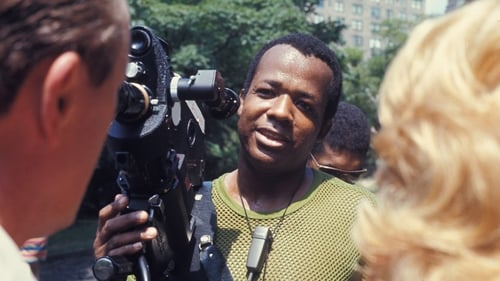
In Manhattan's Central Park, a film crew directed by William Greaves is shooting a screen test with various pairs of actors. It's a confrontation between a couple: he demands to know what's wrong, she challenges his sexual orientation. Cameras shoot the exchange, and another camera records Greaves and his crew. Sometimes we watch the crew discussing this scene, its language, and the process of making a movie. Is there such a thing as natural language? Are all things related to sex? The camera records distractions - a woman rides horseback past them; a garrulous homeless vet who sleeps in the park chats them up. What's the nature of making a movie?
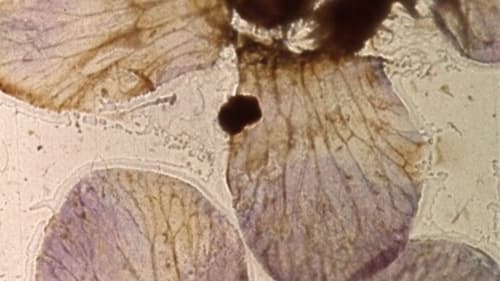
Seemingly at random, the wings and other bits of moths and insects move rapidly across the screen. Most are brown or sepia; up close, we can see patterns within wings, similar to the veins in a leaf. Sometimes the images look like paper cutouts, like Matisse. Green objects occasionally appear. Most wings are translucent. The technique makes them appear to be stuck directly to the film.
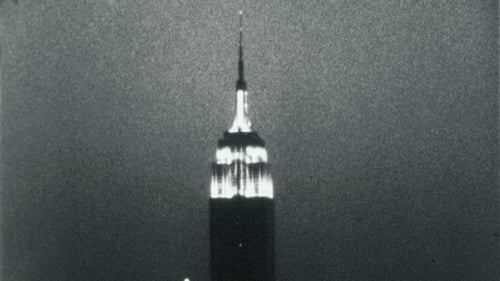
Experimental film consisting of a single static shot of the Empire State Building from early evening until nearly 3 am the next day.

A poetic story of a proletarian couple’s relationship during the years of economic crisis and unemployment – of all the films directed by E. F. Burian, the film Chceme žít (We Want to Live, 1949) is probably his worst. The intention to create a powerful work of cinema that would combine modern means of expression with the ideological canons of socialist realism failed completely. Ježek and Tarnovski discovered these „shambles“ and tried to rebuild a structure out of the hopelessness and futility of life. Ježek has photochemically “transcribed” selected passages with the greatest possible degree of humility towards the work of the great avant-gardist, Tarnovski similarly makes the soundtrack visible. The improvised encounter of sound and image in dialogic mode can lead to various misunderstandings resulting in ambiguous compromise.
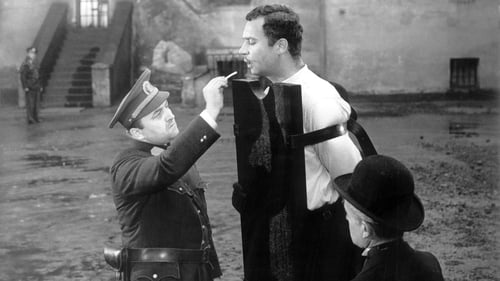
A dark comedy about a murder and its consequences presented in a backwards manner, where death is actually a rebirth. The film starts with an "execution" of the main protagonist and goes back to explore his previous actions and motivations.

After a catastrophic global war, a young filmmaker awakens in the carnage and seeks refuge in the only other survivor: an eccentric, ideologically opposed figure of the United States military. Together, they brave the toxic landscape in search of safety... and answers.

For this I used 3 different types of VHS static first, then I started messing with them, and when I was happy with the end result, I decided to shoot the whole thing on my monitor with my phone 3 different times, they're all shot in 720p 15 fps with varying shutter speeds. Then I superimposed the videos and exported the full project in 480p 400 kbps. The song is withoutu by SALEM. Obviously inspired by Stan Brakhage, got the inspiration to finish the project by watching the work of Audrey Robinovitz. Hope you get something out of this like I did :3
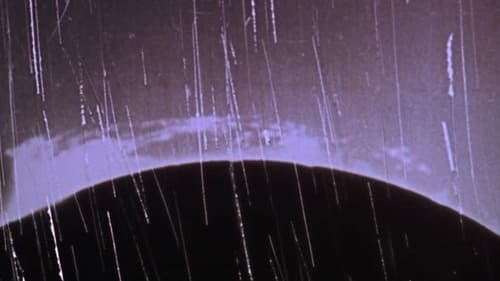
A creation myth realized in light, patterns, images superimposed, rapid cutting, and silence. A black screen, then streaks of light, then an explosion of color and squiggles and happenstance. Next, images of small circles emerge then of the Sun. Images of our Earth appear, woods, a part of a body, a nude woman perhaps giving birth. Imagery evokes movement across time. Part of the Dog Star Man series of experimental films.

Like at the New Year’s Eve, showers of colourful light cut through the darkness. While fireworks dissolve into nothing after a thunderous sound, shattered glass leaves material artifact. Sharp pieces then become a reminder of the real track that fireworks leave in the sky.

What is birth? It is said that being born into this world is the beginning of suffering: dukkha.

A winged creature begins the precarious return from the city to the forest. There she will meet a group of mysterious beings who guide her to the heart of the forest. Step by step, they push her to transform, to leave herself behind. What happens when you decide to return to the forest?

Starting in the late 1930s, illustrator and experimental animator Douglass Crockwell created a series of short abstract animated films at his home in Glen Falls, New York. The films offered Crockwell a chance to experiment with various unorthodox animation techniques such as adding and removing non-drying paint on glass frame-by-frame, squeezing paint between two sheets of glass, and finger painting. The individual films created over a nine-year period were then stitched together for presentation, forming a nonsensical relationship that only highlights the abstract qualities of the images. —Kansas City Electronic Music and Arts Alliance
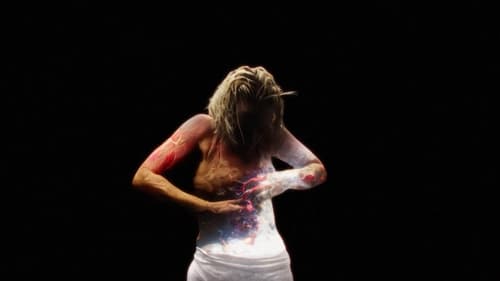
A brief journey through the human experience as seen by the eyes of an Artificial Intelligence.

Cut up animation and collage technique by Harry Smith synchronized to the jazz of Thelonious Monk's Mysterioso.

This one is a collage of Hollywood melodramas of the 1950s and 1960s, filmed directly from the television set. The constantly recurring motifs of suspense and clichés of plot make it possible to move seamlessly among scenes from different films with different protagonists: uneasy sleep, getting up, listening at the door, turning on the lights, being startled, etc. In the montage, the movements and gestures of the actresses – stars like Lana Turner, Tippi Hedren, and Grace Kelly– seem choreographed and planned for each other. The soundtrack supports this effect with connecting passages of sound that imitate the stereotypes of the genre. The treatment concentrates the dramatic shift from the familiar to the eerie and shows how women become the victims of the voyeuristic glance of film.

Matthias Müller’s films are always about both the eternal and the volatile qualities of cinema. They exaggerate the unreality and clinical perfection of the Hollywood studio films of the 1950s, quoting its sets and colours (Home Stories, 1990; Pensão Globo, 1997) or even reconstructing them in minute detail (Alpsee, 1994). But, at the same time, these attributes, known in film jargon as the production values, are exposed to decay – a decay which on closer inspection proves to include wilful acts of creation. As his own lab technician, Müller is responsible not only for subsequent wear and tear, but also for the initial developing of his own film material.

Various gestures of hand held razorblade, single frame exposures.












